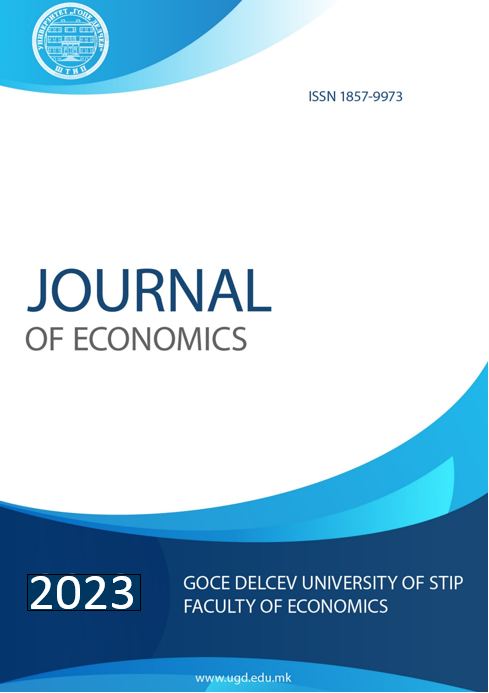An empirical study of the relationship between Foreign Direct Investments, Remittances, Political Stability and Economic Growth in Greece
DOI:
https://doi.org/10.46763/JOE238101bKeywords:
FDI; remittances; political stability; Gross Fixed Capital Formation (GFCF); inflation; economic growth (GDP); Johansen test; bounds testing approach; VECM; ARDL; Granger-causalityAbstract
This study attempts to shed light on the relationship between FDI, remittances, Gross Fixed Capital Formation, political stability, inflation and economic growth for the case of Greece, using time-series data of annual frequency, covering the period from 1980 to 2018; the end date is the last year before the COVID-19 and the 2022 Russian Invasion of Ukraine which caused a structural break on the data set. After establishing that the investigated variables are stationary in level or in their differences, and once the Johansen test and the residuals based approach to cointegration are employed in capturing the cointegrating relations between them, we proceed with a robust VEC model and an ARDL with cointegration bounds, depending on the level of integration of the time series, to capture both the short-run and the long-run dynamics. The overall findings of both models are jointly analyzed, revealing that according to the ARDL model, FDI and economic growth are positively related in the short-run, but negatively related in the long-run. Moreover, the model indicates a negative short- and long-run relationship between remittances and economic growth, as well as a positive link between political stability and economic growth in Greece, as expected. The negative short-run relationship between remittances and economic growth is further supported by the VECM. Finally, both the VECM and ARDL indicate that GFCF and economic growth are positively related in the short-run, while the ARDL model reveals that this relationship exists in the long-run too.


